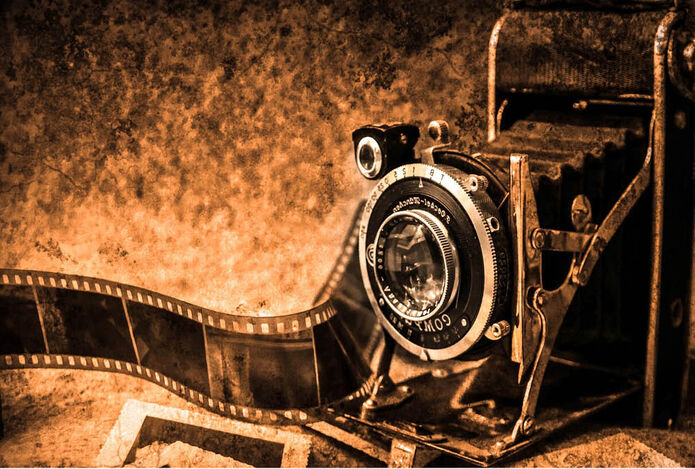Normal society loves beautiful landscapes, happy people, magnificent buildings and sunny weather. Goths, on the other hand, take completely different photos. They are dedicated to transience and look for their photo motifs in cemeteries, lost places and rotten places. Lost places are, for example, old industrial halls, ghost villages or empty houses. Lonely castles, former monasteries or ruins are also excellent photo motifs for the black scene. Some scene photographers even plan their holidays around the passion of photography. For example, they travel to Chernobyl, where a reactor exploded in a nuclear power plant in 1986. In the former disaster area, parts of it still look as they did when people left their homes head over heels for good.
The loneliness of the Lost Places is complemented by the focus on Rotten Places. The motifs show destroyed, dirty or dilapidated details and thus thematise transience. In cemeteries, melancholy is captured and a look is taken at the stories of the past. Loneliness, transience, melancholy: the resulting photos end up on posters and billboards or in exhibitions. Photo exhibitions are a permanent fixture at many large Gothic festivals. Another large subject area in the black scene is people photography. Of course, melancholic and introverted poses are preferred to "grinning into the camera" here too. A well-known photographer in the scene is Marcus Rietzsch, who also publishes a glossy magazine with impressions of the WGT every year.


